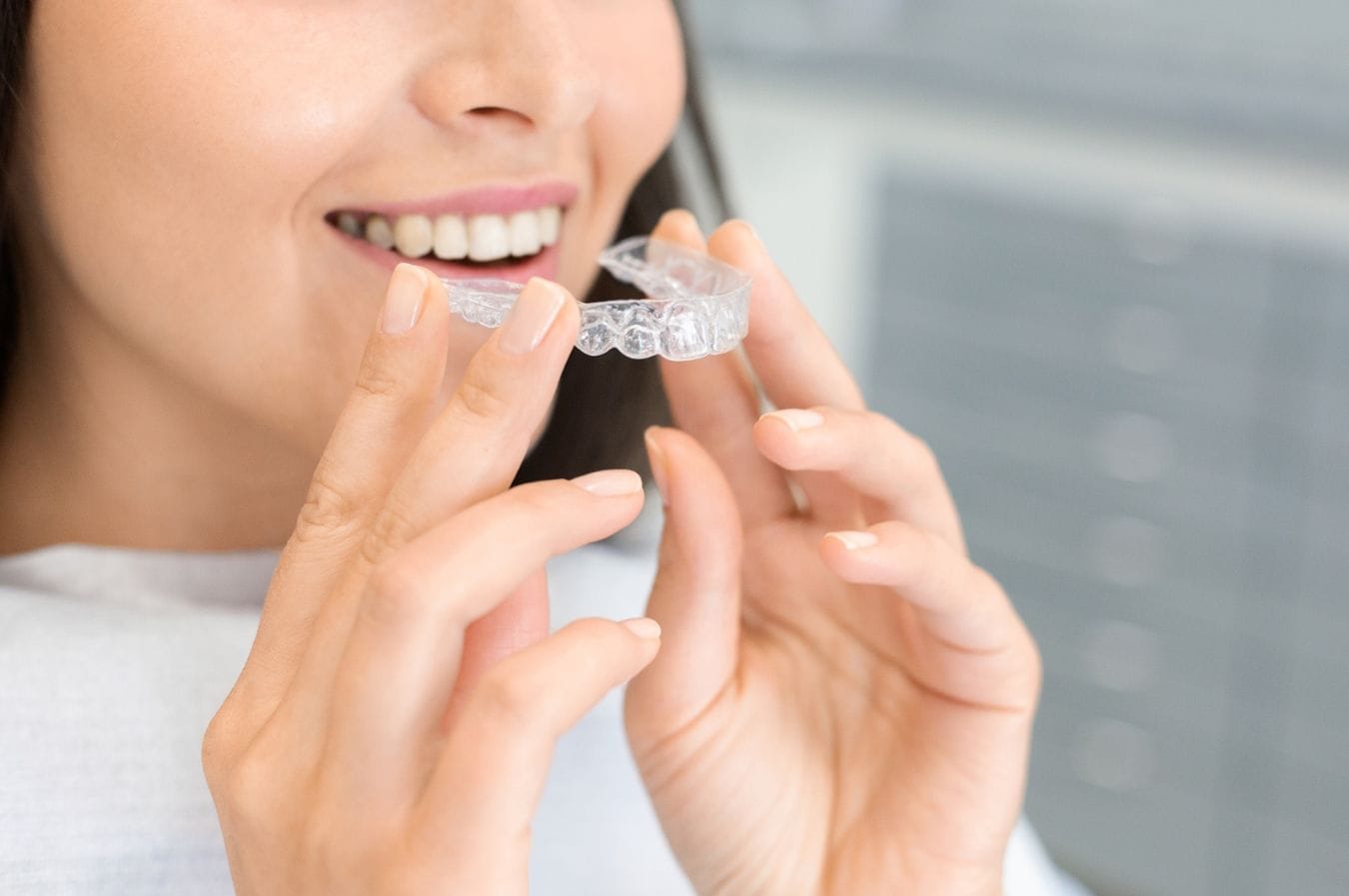Most people associate orthodontic treatment with straightening teeth—but braces and Invisalign do much more than that. In fact, these tools are designed to correct not just cosmetic issues, but also functional problems that can affect your oral health, speech, chewing, and confidence.
If you're wondering whether it's time to consider orthodontic treatment, you're not alone. Many adults and teens in Nashville find themselves questioning whether their bite or alignment is “normal,” especially if something feels off when chewing or smiling.
This guide breaks down the top 5 signs that braces or Invisalign might be the right next step for you—or someone in your family.
1. Crooked or Crowded Teeth
One of the most obvious signs that orthodontic treatment may be needed is teeth that are visibly misaligned. This can include overlapping teeth, teeth that are rotated or twisted, or general crowding that makes your smile look uneven.
Crowding doesn’t just affect aesthetics—it can also make brushing and flossing more difficult, increasing the risk of plaque buildup, cavities, and gum disease.
Mild to moderate crowding is often treatable with Invisalign, while more severe cases may benefit from braces to achieve long-lasting results.
2. Gaps Between Teeth
Excessive spacing between teeth can occur for several reasons: genetics, thumb-sucking habits, missing teeth, or an issue with jaw development. While some gaps are harmless, others can create functional problems—such as food getting trapped or neighboring teeth drifting into open spaces.
Braces and Invisalign both work by gradually shifting teeth into a more even, functional position. Closing gaps can improve both the appearance and health of your smile.
In Nashville, many adults opt for Invisalign to address minor to moderate spacing without the visibility of metal braces.
3. Bite Problems
Issues with how your upper and lower teeth come together are called bite problems (or malocclusions), and they’re one of the most common reasons people seek orthodontic care.
Common bite issues include:
- Overbite — When the upper teeth extend too far over the lower teeth
- Underbite — When the lower teeth stick out farther than the upper teeth
- Crossbite — When upper and lower teeth don’t align side to side
- Open bite — When the front teeth don’t touch when the mouth is closed
These conditions can lead to jaw pain, tooth wear, difficulty chewing, and speech issues over time. Early intervention can prevent long-term damage and discomfort.
4. Jaw Pain, Clicking, or Headaches
If you’re experiencing jaw soreness, clicking sounds when opening or closing your mouth, or frequent headaches, your bite could be to blame. Misaligned teeth and bite problems can place extra stress on the jaw joint (TMJ), leading to discomfort that radiates into the face, neck, or head.
Orthodontic treatment can help relieve pressure by realigning the bite and improving jaw function. Braces and Invisalign can both be effective tools to create better balance and reduce jaw strain.
In some cases, your orthodontist may work in coordination with a dentist or TMJ specialist to create a comprehensive care plan.
5. Difficulty Chewing or Speaking Clearly
Your teeth play an important role in how you eat and speak. If your bite prevents you from chewing food properly—or if you’ve noticed speech difficulties like lisps or unclear pronunciation—it could be a sign that your teeth aren’t aligned correctly.
Bite alignment issues can limit your ability to break down food, which may lead to digestive issues. They can also impact confidence when speaking in social or professional settings.
Both braces and Invisalign can improve the function of your bite and help correct speech-related issues, especially when treatment begins early.
What If You Don’t Have Obvious Signs?
Not all orthodontic issues are easy to spot on your own. Some problems develop slowly over time or are subtle enough that they go unnoticed without a professional evaluation. That’s why routine dental checkups are so important—your dentist can often spot early warning signs and refer you to an orthodontist for further assessment.
Even if you aren’t experiencing discomfort or visible misalignment, it’s worth getting an evaluation if:
- You’ve never had orthodontic care before
- You’re unhappy with your smile
- Your dentist has mentioned bite concerns
- You’re interested in cosmetic improvement with clear aligners
Orthodontic care isn't just about straight teeth—it's about long-term function, health, and confidence.
Braces vs. Invisalign: Which One Is Right for You?
Both braces and Invisalign are effective tools, but each comes with unique benefits.
- Braces — Ideal for more complex alignment issues, braces offer precise control and are always working. Modern options include clear ceramic for a lower-profile look.
- Invisalign — Removable, nearly invisible, and popular with adults and teens who want flexibility and aesthetics during treatment.
Your orthodontist will help determine which option is best based on your goals, lifestyle, and the severity of your case.
Start With a Professional Evaluation
The only way to know for sure whether you need orthodontic treatment—and which type is best—is to schedule an evaluation with a trained orthodontist. During your visit, you’ll receive digital imaging, a bite assessment, and a personalized treatment recommendation based on your unique smile.
Even if you don’t need immediate treatment, you’ll gain peace of mind and a better understanding of your oral health.
Ready to Find Out If You Need Braces or Invisalign?
If any of the signs in this post sound familiar, it may be time to schedule a professional evaluation. At Avenue South Orthodontics in Nashville, we provide honest guidance, expert care, and customized treatment plans to help you achieve a healthier, more confident smile.
Contact us today to schedule your free consultation—and take the first step toward a smile that feels as good as it looks.
